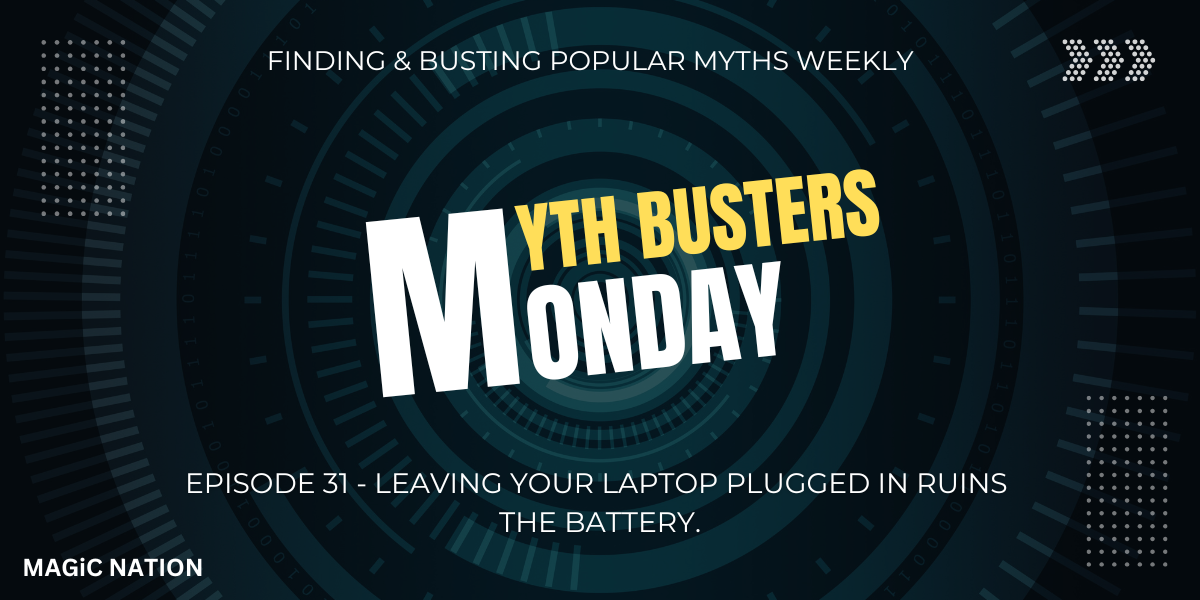
Hey Explorers!
How are you? I hope "Yoga" is a part of your daily life, and if not then this article is going to change your perception of yoga which might influence you to make it a part of your daily life.
This article explores the evolution of yoga, tracing its journey from ancient civilizations to its modern-day scientific validation and integration into mainstream healthcare.
What Is Yoga?

Think of feeling calm in a life full of stress, a mix of physical relaxation and mental clarity, reduced tension, and better focus. Yes, a 30 to 60-minute yoga session can do all these for you.
Yoga is an ancient Indian practice that brings together physical, mental, and spiritual disciplines. It originated over 5,000 years ago, and with its holistic approach, aims to create harmony between the mind and body, making it a popular global practice for improving physical and mental wellness.
We all have heard about the Indus Valley Civilization famous for its great urban planning. The early traces of yoga come from the Indus Valley Civilization. Although we don't have any written records from this era, archaeologists found strong evidence pointing toward potential yoga practices at that time. Archaeological discoveries at sites such as Harappa and Mohenjo-Daro have unearthed seals and artifacts depicting figures in meditative postures, suggesting early practices resembling yoga.The Earliest Traces of Yoga (3000 - 1500 BCE)
- The famous Pashupati Seal, discovered at Mohenjo-daro, depicts a three-faced figure seated in a posture resembling a meditative state.
- Other seals showcase figures in standing positions that could be interpreted as meditation poses.
- These practices likely included physical postures and breath control, aimed at physical and mental well-being.

As the Indus Valley Civilization declined, the Vedic Period emerged, bringing with it a rich corpus of texts and practices that shaped the future of yoga. The Rigveda, one of the oldest known texts from this era, contains hymns and rituals emphasizing the importance of breath (prana) and meditative focus. These early references highlight the evolution of yoga from simple physical postures to more structured practices involving breath control and mental discipline.Evolution Through the Vedic Period (1500 - 800 BCE)
The Vedas are marked as the first written references to "Yoga". The focus in the Vedas is primarily on ritualistic practices and achieving a harmonious relationship between humans and the cosmos.

The Classical Period marks a significant phase in the systematization and codification of yoga practices. Around 200 CE, the sage Patanjali wrote the Yoga Sutras, which offered a complete guide to practicing yoga. In these sutras, Patanjali introduced the eightfold path (Ashtanga) of yoga. This path includes ethical rules (yamas), personal practices (niyamas), physical postures (asanas), breath control (pranayama), sensory withdrawal (pratyahara), concentration (dharana), meditation (dhyana), and ultimate absorption (samadhi).Classical Period (500 BCE - 800 CE)
Patanjali's work profoundly impacted the evolution of yoga by providing a structured method that practitioners could follow to achieve a balanced and healthy life.

The Rise of Hatha Yoga: This period marked a shift towards more rigorous physical practices aimed at purifying the body and balancing its functions. Hatha Yoga focuses on physical postures (asanas), breath control (pranayama), and bodily purification techniques (shatkarmas). These practices were designed to prepare the body for prolonged meditation by promoting physical health, stamina, and resilience. The emphasis on physical postures and breath control reflects an understanding of the physiological benefits of yoga, such as improved circulation, enhanced respiratory function, and increased flexibility.Post-Classical Period (800 - 1700 CE)

The arrival of British colonialism in the 18th century marked a period of decline. Western medical practices and education systems overshadowed indigenous knowledge, leading to a decline in the practice and teaching of yoga. During this time, yoga was often viewed through a colonial lens as primitive and unscientific. This perception contributed to the marginalization of traditional yoga schools and practices. Despite this, some practitioners continued to preserve and promote yoga, though they faced significant challenges in doing so.Colonial Period (18th - 19th Century)

The early 20th century marked a turning point for yoga, with efforts to revive and modernize the practice gaining momentum. Key figures such as Tirumalai Krishnamacharya and Swami Kuvalayananda played crucial roles in this revival.Early 20th Century
- Tirumalai Krishnamacharya: Often regarded as the father of modern yoga, emphasized the therapeutic benefits of yoga postures (asanas) and breathing techniques (pranayama). His teachings inspired a new generation of yoga practitioners, including B.K.S. Iyengar and Pattabhi Jois, who would later popularize yoga globally.
- Swami Kuvalayananda: Conducted scientific research on yoga, founding the Kaivalyadhama Health and Yoga Research Center in 1924. His studies explored the physiological effects of yoga practices, such as the impact on respiratory and cardiovascular functions.

By the mid-20th century, yoga began to gain international recognition, thanks to the efforts of influential figures such as B.K.S. Iyengar, Pattabhi Jois, and Swami Sivananda. These influential figures played a crucial role in the global expansion of yoga and its recognition as a scientifically validated practice.Mid to Late 20th Century
- B.K.S. Iyengar: His methodical approach to asanas and emphasis on alignment helped standardize yoga practices, making them more accessible and scientifically grounded. His book "Light on Yoga" became a significant resource guiding millions of practitioners worldwide.
- Pattabhi Jois: Developed Ashtanga Vinyasa Yoga, a dynamic style that combines breath with movement, emphasizing cardiovascular health and muscular strength. His approach attracted a global following and further popularized yoga as a comprehensive physical fitness regime.
- Swami Sivananda: Promoted yoga for health and wellness, contributing to the spread of yoga practices that focus on physical and mental health. His teachings emphasized the importance of a balanced lifestyle, integrating yoga into daily routines to enhance overall well-being.


As the 20th century drew to a close and the 21st century began, the scientific community took a deeper interest in yoga. Numerous studies highlighted the health benefits of yoga, both physical and mental.Late 20th to 21st Century: Scientific Research and Validation
- Health Benefits: Numerous studies have demonstrated the benefits of yoga for physical health, including improved flexibility, strength, and cardiovascular health. Yoga has also been shown to reduce symptoms of chronic conditions such as arthritis, back pain, and hypertension.
- Mental Health: Research has shown that yoga can reduce stress, anxiety, and depression. It improves mental clarity, concentration, and overall psychological well-being. For example, a study by the Boston University School of Medicine in 2010 found that practicing yoga increases gamma-aminobutyric acid (GABA) levels in the brain, which are associated with improved mood and decreased anxiety.
- Neuroplasticity: Studies have found that regular yoga practice can enhance brain function and promote neuroplasticity, leading to improvements in cognitive function and emotional regulation. Research by Harvard Medical School in 2018 provided a comprehensive review of yoga's health benefits, confirming its positive effects on mental health, pain management, and overall quality of life.
Global Popularity and Integration into Healthcare
- Mainstream Acceptance: Yoga has become mainstream, with millions of practitioners worldwide. It is widely recognized for its physical and mental health benefits and is integrated into fitness programs, schools, and healthcare settings.
- Yoga Therapy: A growing field where yoga is used as a therapeutic intervention for various health conditions. Certified yoga therapists work alongside healthcare providers to offer complementary treatment options helping patients manage and alleviate symptoms of chronic diseases, mental health issues, and other medical conditions.
The journey of yoga from ancient practices to modern scientific validation shows its adaptability and lasting appeal. Scientific studies have confirmed many health benefits of yoga, making it a valuable tool for physical and mental well-being. Its integration into mainstream healthcare and fitness highlights its relevance and effectiveness in today's society. Yoga continues to evolve, connecting ancient wisdom with modern science and offering a holistic approach to health and wellness.Conclusion
The story of yoga is a testament to the enduring human desire for self-improvement and a connection to something greater than ourselves. It began in the Indus Valley with a whisper, blossomed into a codified system with Patanjali, and now thrives as a global phenomenon. The next chapter of this story is yet to be written, but one thing is certain: yoga's journey of transformation and adaptation is far from over.
Thanks for taking the precious time to engage in this thread.
Signing Off














